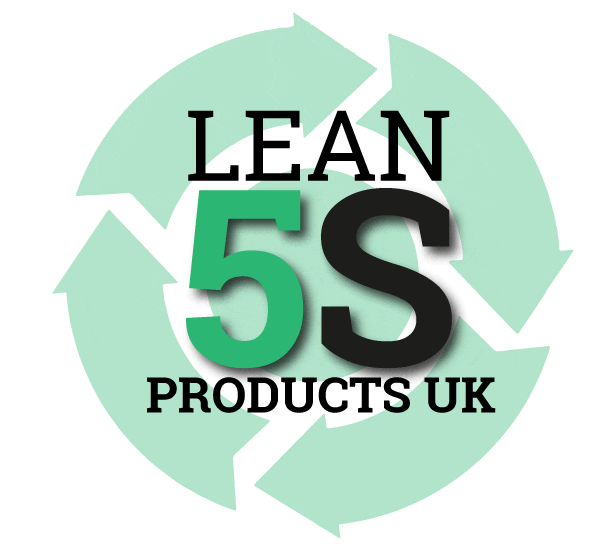How does “5S” support the elimination of waste?
The most fundamental goal of Lean is to eliminate waste. Within the Lean toolbox are many ways to by which waste can reduced, and one of the foundational tools that almost all Lean practitioners use in this effort is 5S. 5S is in fact often the first tool that companies use when starting their Lean journey. Let’s look at each of the 5S’s to see how this system can help the overall Lean effort of eliminating waste.
1st S: Sort
“Sort” is the act of removing all clutter and unnecessary items, leaving only what is needed. When this is complete, work areas will typically have far less “stuff” than they had before. Because workers will spend less time searching through the clutter to locate needed items, sorting eliminates wasted motion and non-productive and non-value-added activity. A second potential waste reduction from sorting is in inventory. Because in Lean thinking inventory is considered waste, reducing it wherever possible is desirable. Often, workstations have unnecessary inventory of parts, supplies or materials. Removing this not only reduces the waste of inventory but the associated motion of searching through it to find things.
2nd S: Set in Order
“Set in order” creates a place for everything and puts everything in that place. This furthers the goal of reducing search time – now we can quickly go right to the place where items are stored to get what we need. More wasted motion is eliminated. Done properly, this step can reduce another kind of waste. While “Sort” eliminates unneeded items, “Set in Order”, done right, should bring needed items to the workstation if they were not already there. Without the proper tools or supplies to do the job, workers may very well have to leave the area to get them, thus introducing the waste of transport as well as more time lost to non-value-added activity.
3rd: Shine
“Shine” is cleanliness. Clean workstations are safer and more pleasant places to work. One important waste this can eliminate is defects – because a dirty workstation, or a workstation with dirty or damaged tools, work surfaces, or equipment, can result in quality defects.
3rd: Standardize
“Standardize” strives to make every work area follow a common system. Color coding, standardized storage methods, similar layouts, and the like will make workstations as similar as possible to each other. When workers are required to move from place to place, they will find the tools, parts and supplies in the same locations as they are used to – thus, the elimination of motion waste continues.
5th: Sustain
“Sustain” seeks to maintain the organization and cleanliness achieved by the first 4 S’s. This is not easy to do, but success in this area avoids a simple and possibly overlooked form of waste: having to repeat the work again. It is far easier and more efficient to continue small, incremental maintenance work on a 5S effort than to undertake a major clean-up and organization project.
As you can see, 5S is not just about making work areas “look nice”. There are many specific and measurable ways that 5S serves to eliminate waste.
